
#10 Our Lost History
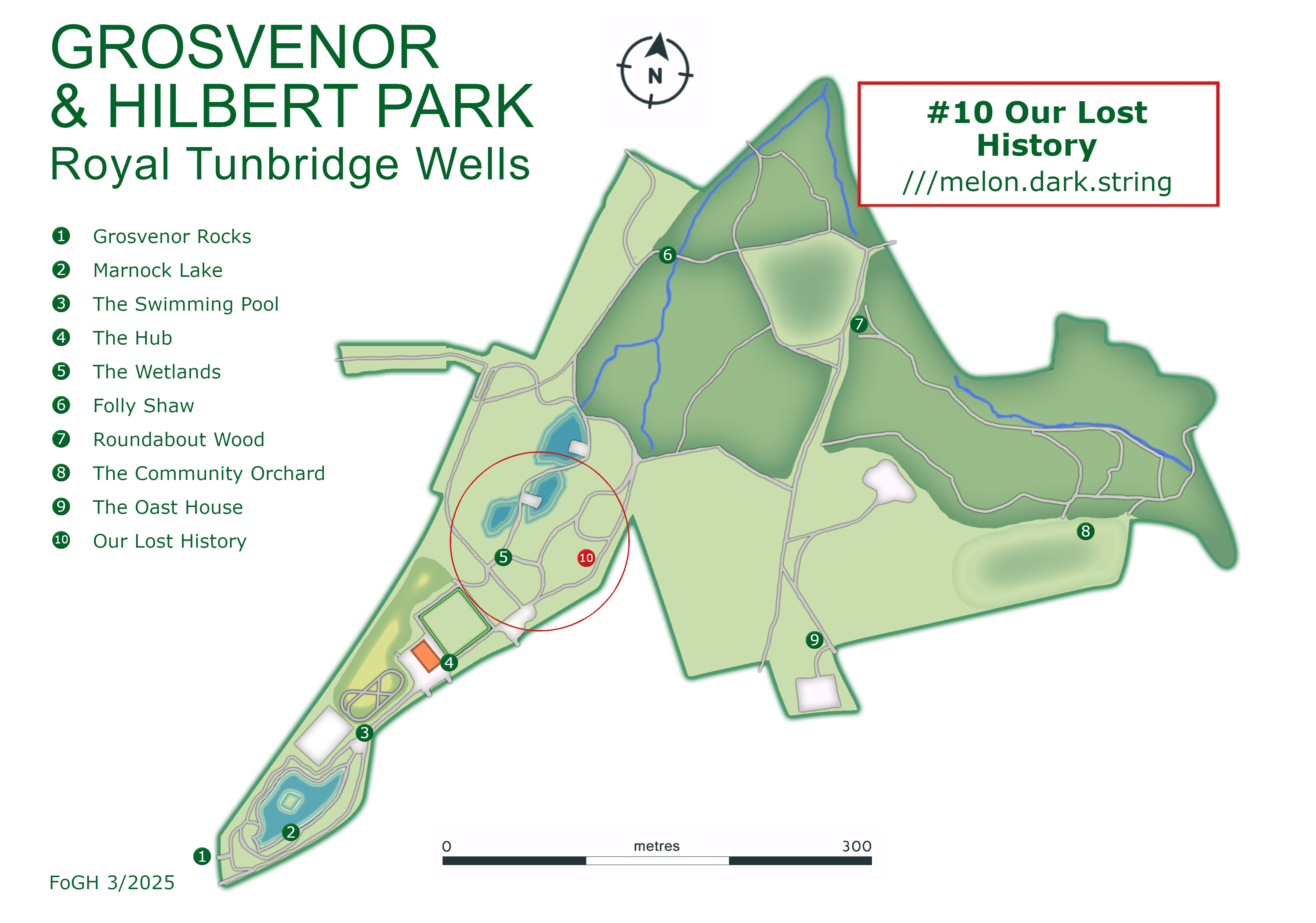
This is the final point of the walking trail and is a place to reflect on features of the park that have now gone.
The Bandstand
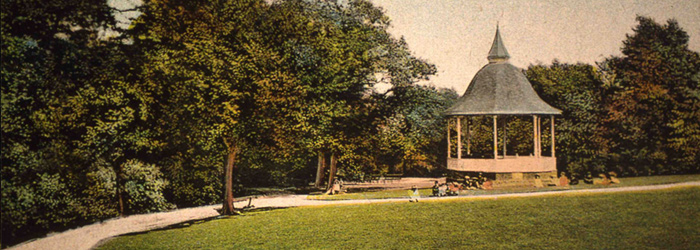
In 1899 Councillor Elvy Robb presented a bandstand in memory of his father, the late Alderman Robb. It was designed by the architect Henry Elwig and had a brick base, with wooden columns supporting a bell-shaped roof topped by an ornamental finial. There were blue and white painted moulded wooden panels on the base, between the columns. The bandstand was officially opened by the Mayor, Alderman F.W. Stone, before a large audience who cheered the donor loudly. Regular concerts from the town bands were held during the summer months until 1931. The bandstand was demolished in 1935 after it was considered to have become unsafe.
The Drinking Fountain
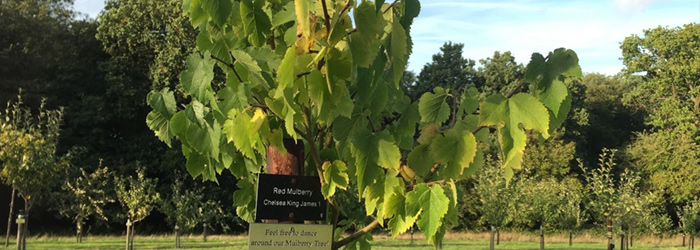
There was an ornate drinking fountain by the Auckland Road entrance, which was presented by Mrs J. Stone-Wigg, the town's first Mayoress, in April 1891. There is a detailed report in the Kent & Sussex Courier, which describes an elegant iron structure, painted dark green, with gilt ornamentation, with four basins. It stood on a flight of circular granite steps, with tesselated paving on the top layer. There was a gold inscription at the front, 'Borough of Tunbridge Wells. Presented to the Corporation by Mrs J. Stone-Wigg, first Mayoress, 1891.' The family arms of the Mayor and the Mayoress and the arms of the borough were on either side of the inscription.
During World War II some metals were in short supply, so a major scrap drive was launched in 1942 for iron and steel. The metal collectors were in Tunbridge Wells in July 1942, and the fountain and railings from Grosvenor & Hilbert Park were cut up and removed.
It's appropriate that the water bottle filling station is located near where the fountain originally stood.
The Satellite Club
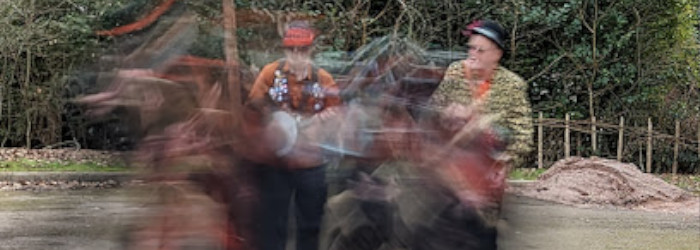
This site once housed a Nissen hut, built in 1942 during World War II as a British Restaurant. These were set up to reduce the severity of food rationing by selling basic meals at reasonable prices. The food was available without using ration coupons and menus were designed by nutritionists, to keep the population as healthy as possible. The restaurants were run by the Women's Voluntary Service.
The British Restaurant closed to the public in April 1946 and became the town's school meals centre. Every day over 300 meals were cooked on the premises and sent to schools in containers. Then the building became the canteen for St Barnabas School until 1958.
After that the building had various uses until it was finally demolished in 2003, leaving behind no trace apart from a few manhole covers.
Just For Kids
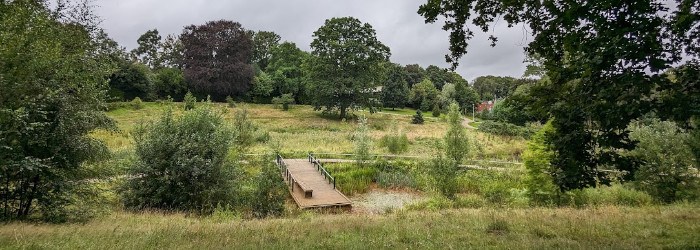
Now's the time to ask nicely if you can have a drink or ice cream at the cafe. Let's hope it's still open!
What Next: Back to the beginning!
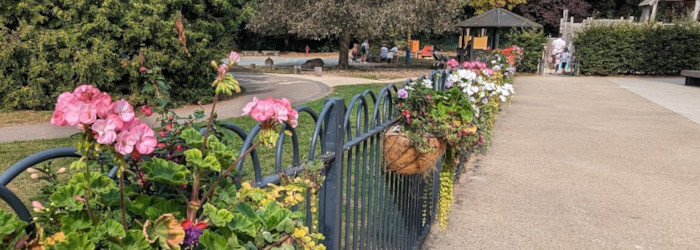
Admire the view, look at the trees, then you're free to wander...